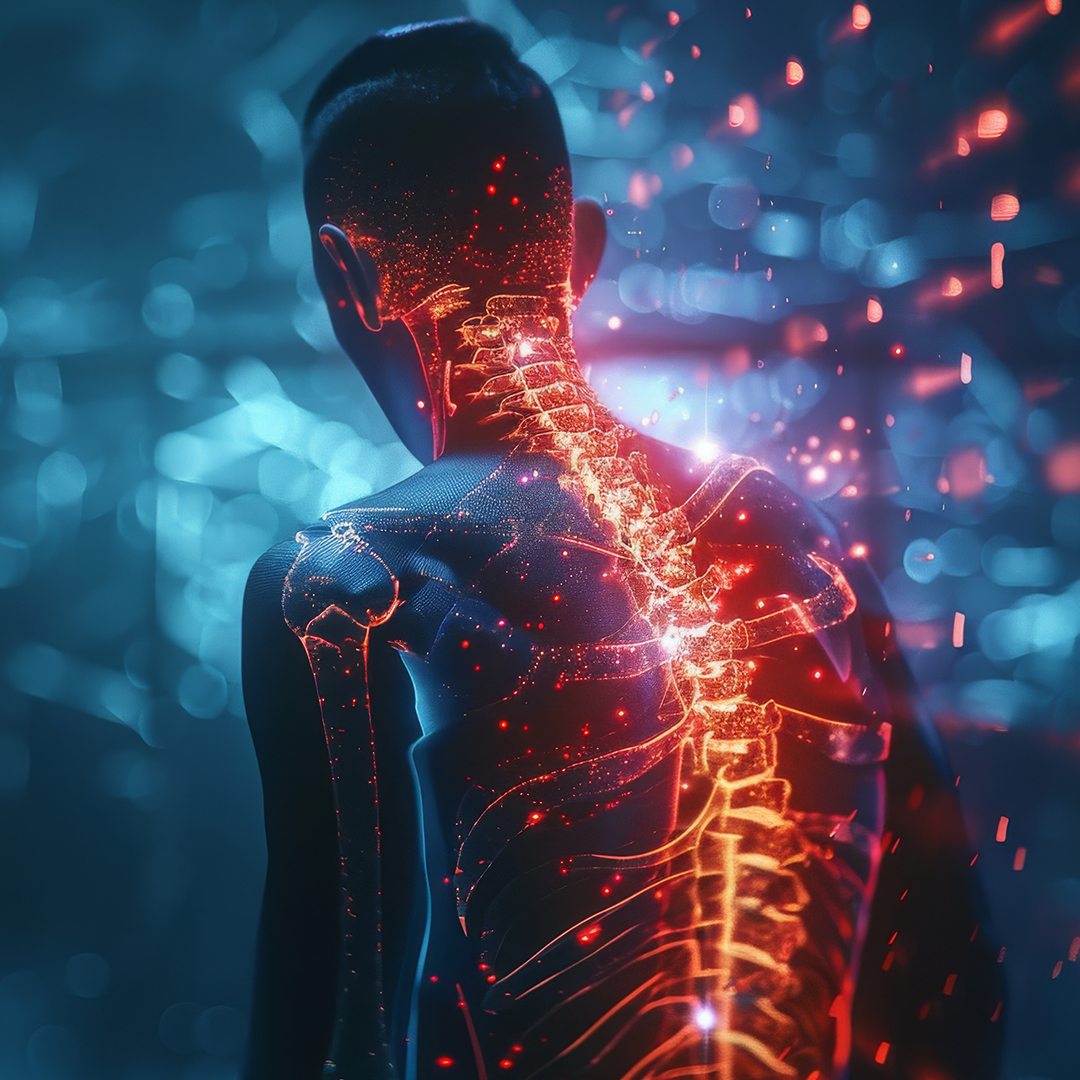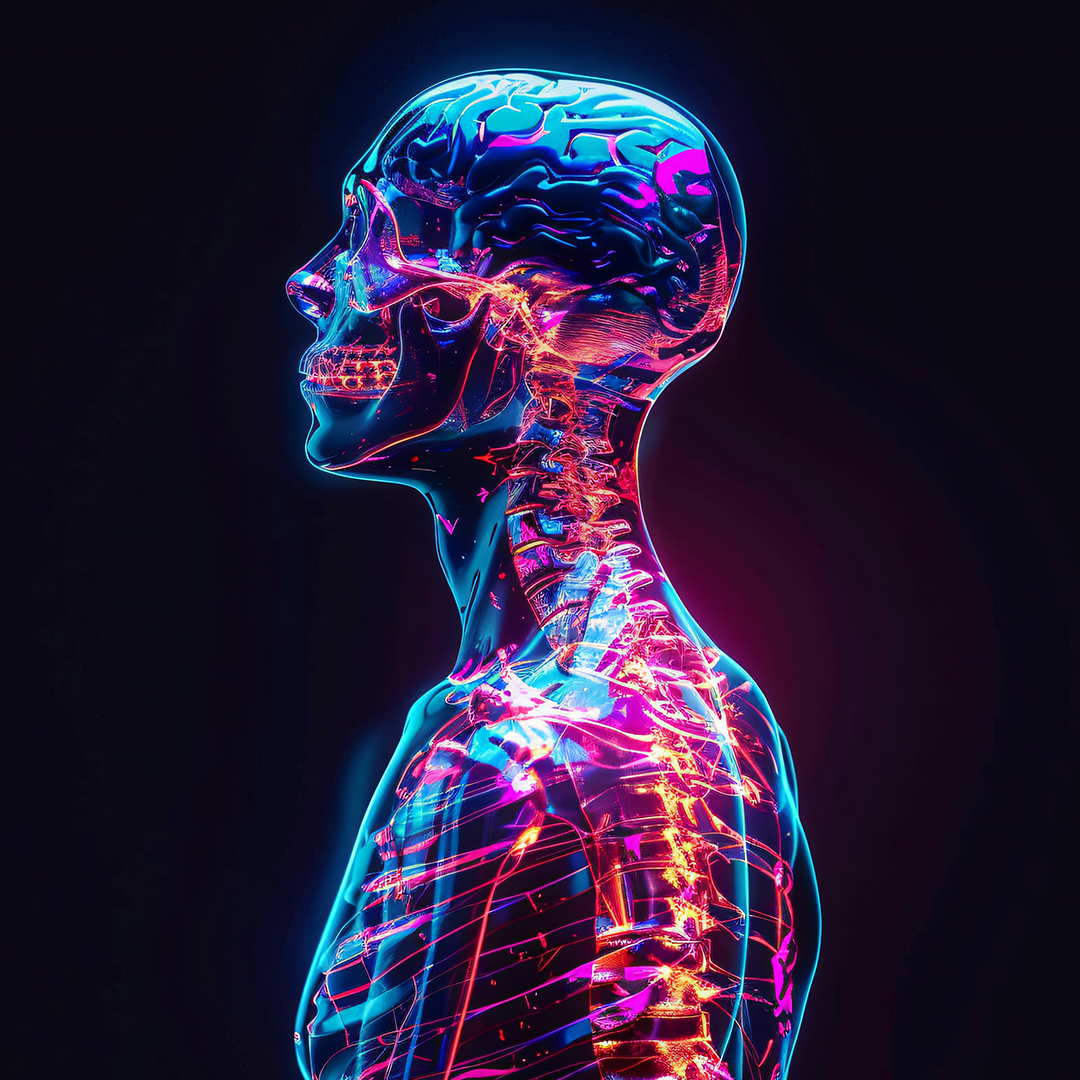Services
Home / Services
Transform Pain into Power

Leg Pain


Neck Pain

Neck pain lacks a standard definition but is often reported as non-specific or mechanical, presenting with symptoms like muscle pain, spasms, headaches, facet joint pain, nerve pain, referred pain, and bone pain. Neck pain is increasingly common, affecting around two-thirds of people at some point in their lives. Prevalence estimates are 7.6% for point prevalence and 48.5% for lifetime prevalence. It is more frequent among women, those with anxiety or depression, and office workers with poor ergonomics.

Frozen Shoulder


Sciatica


Back Pain

Physical discomfort occurs anywhere on the spine or back, ranging from mild to disabling. Back pain can have causes that aren’t due to an underlying disease. Examples include overuse such as working out or lifting too much, prolonged sitting and lying down, sleeping in an uncomfortable position, or wearing a poorly fitting backpack.

Disc Herniation


Shoulder Pain


Knee Arthritis

